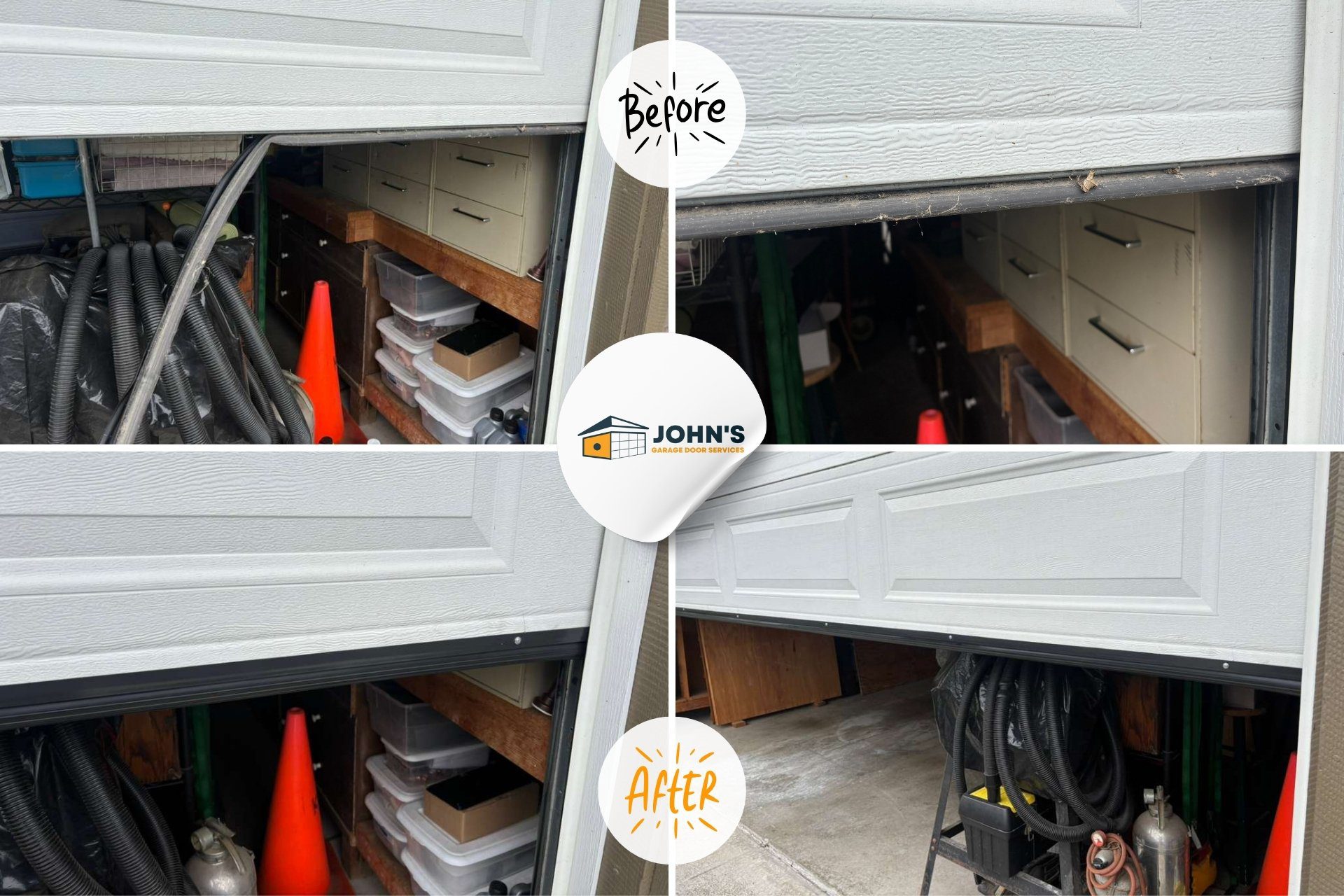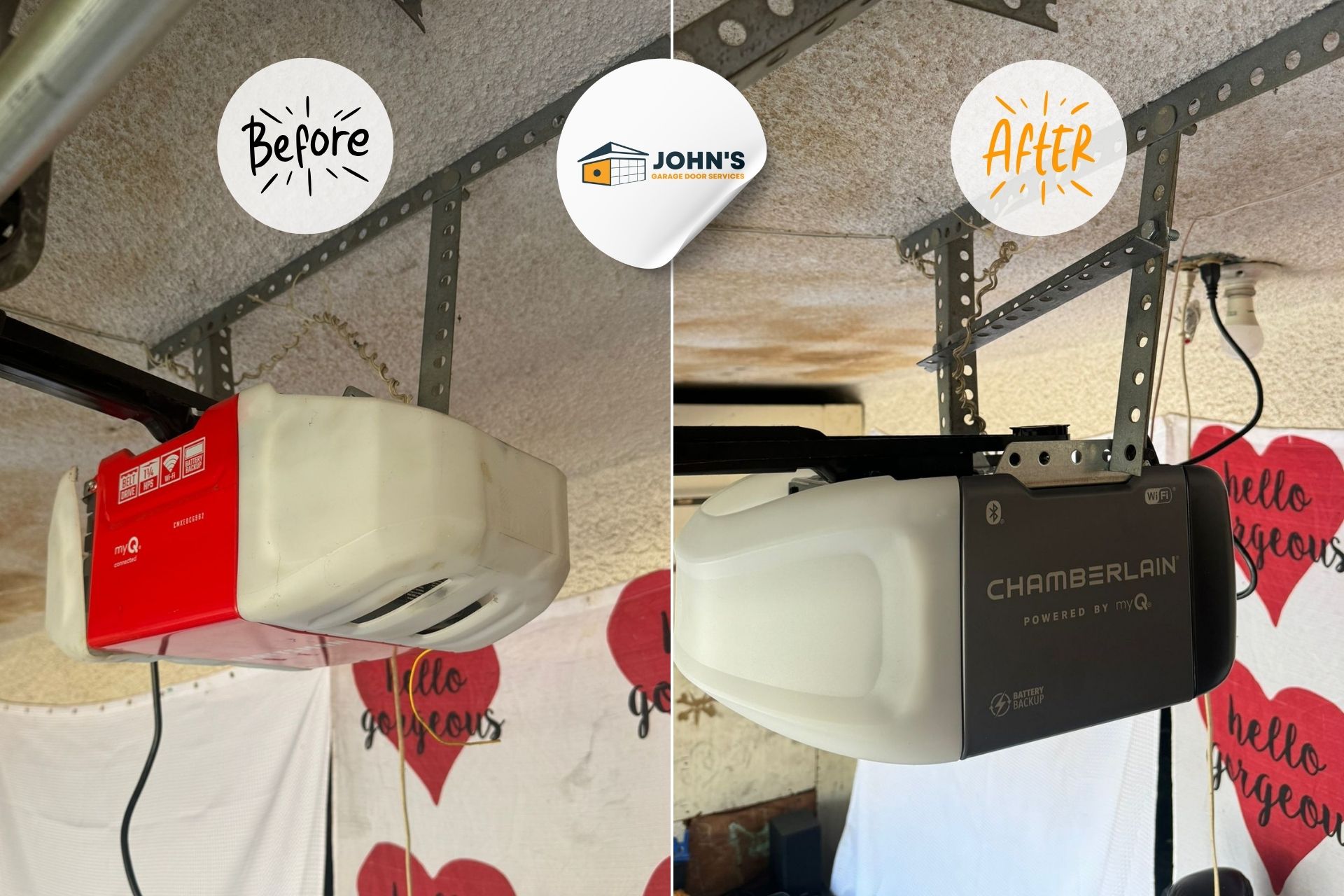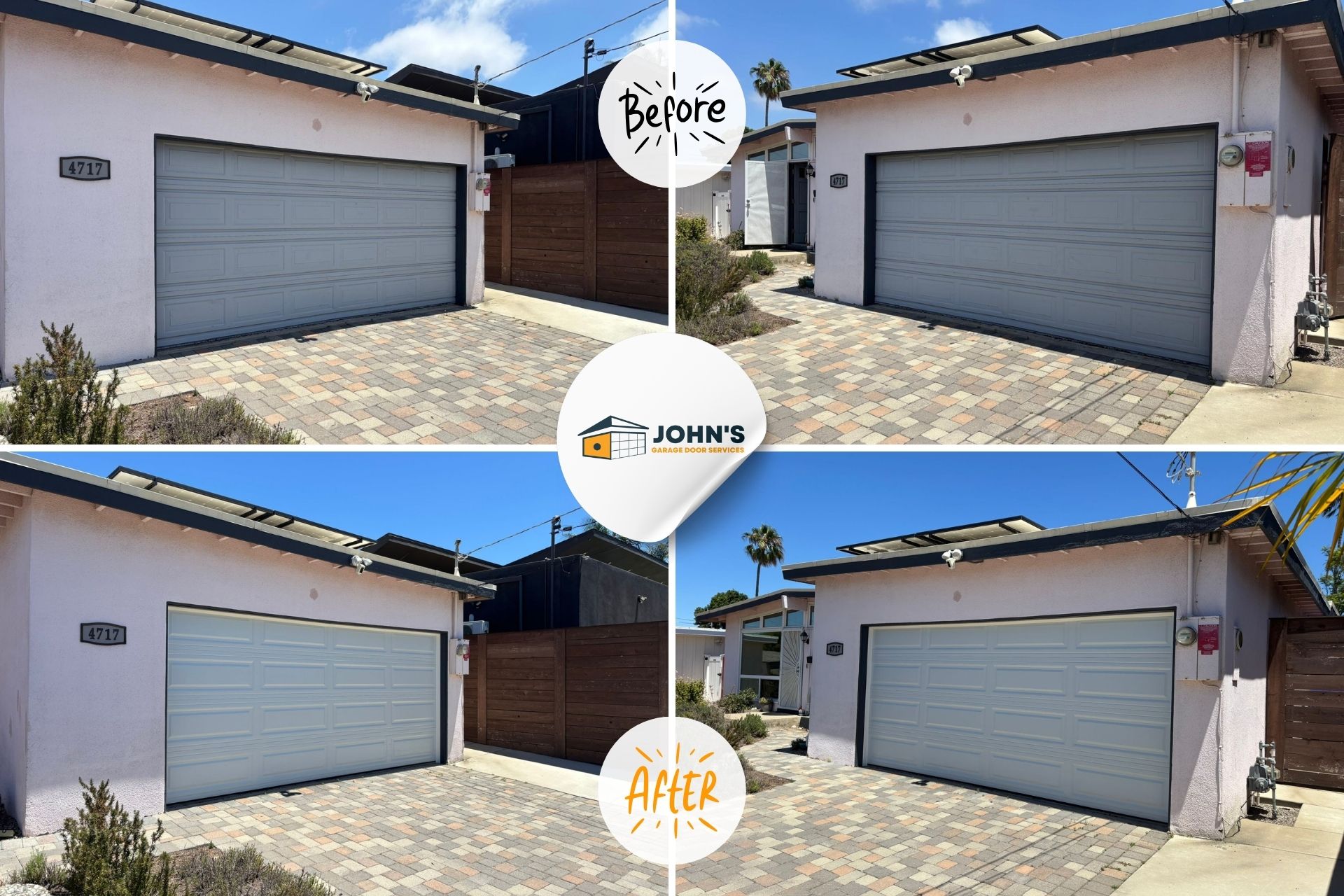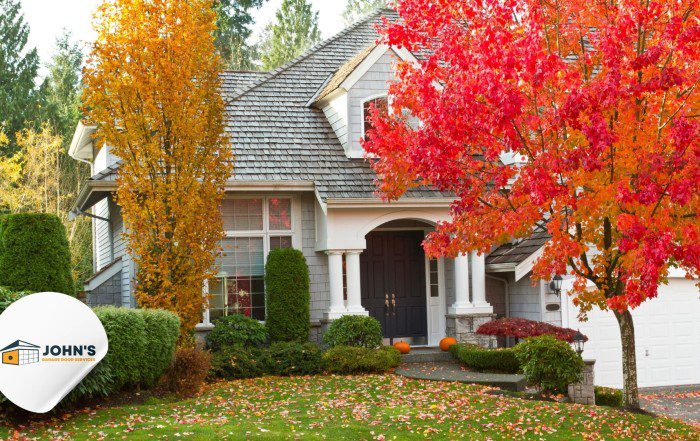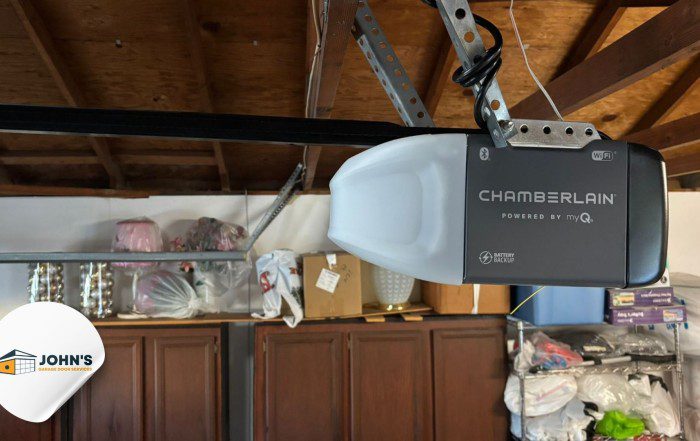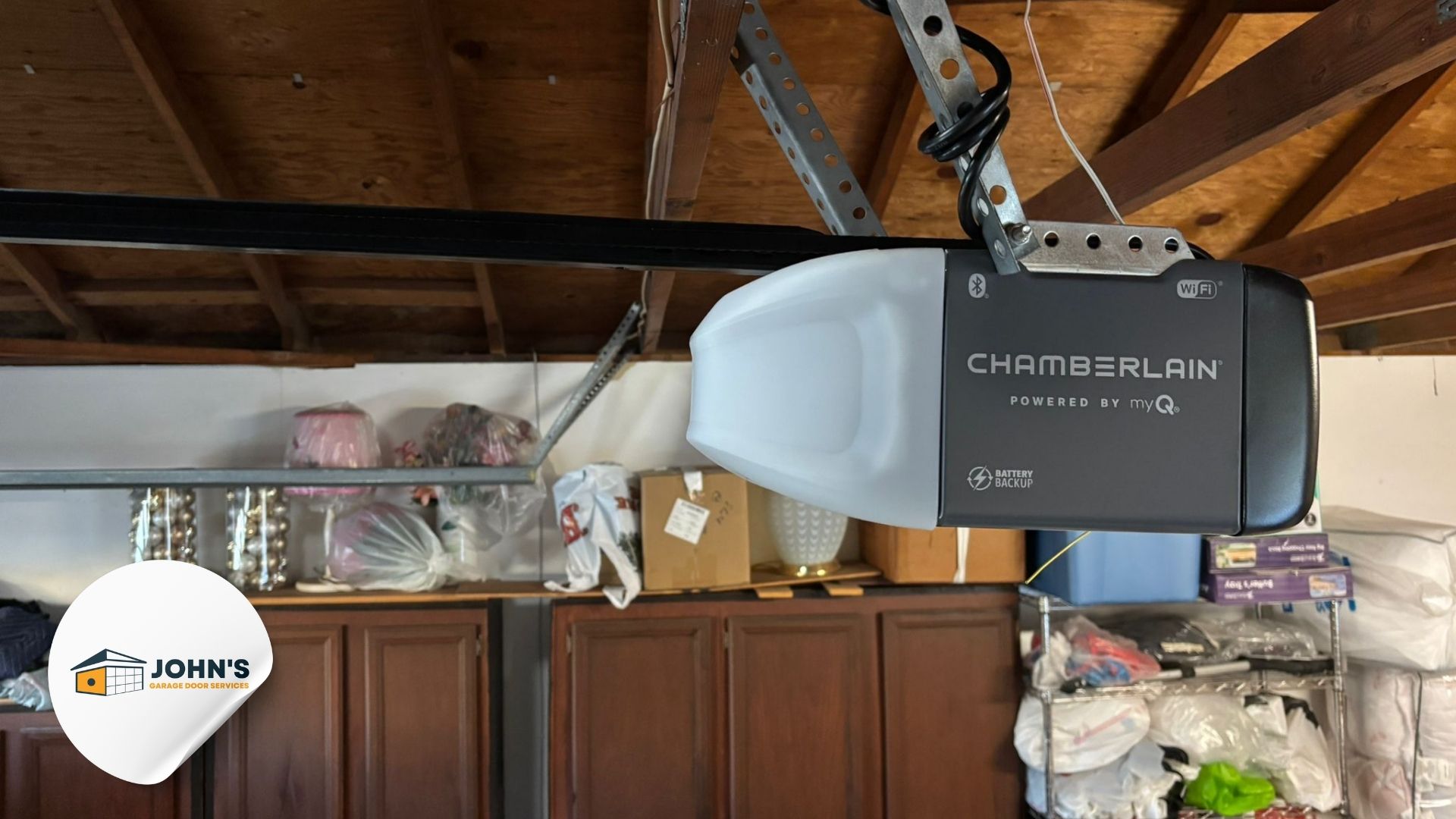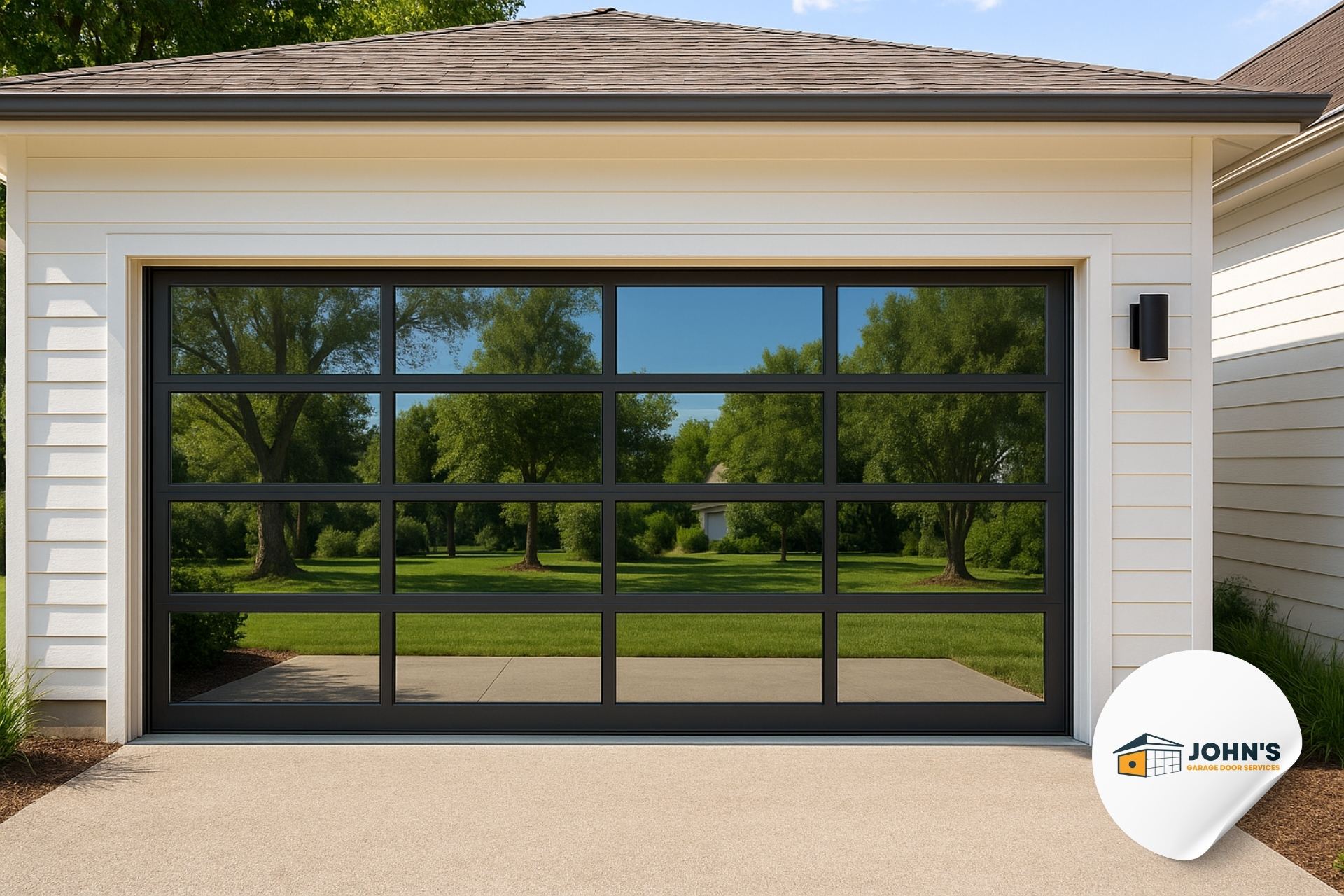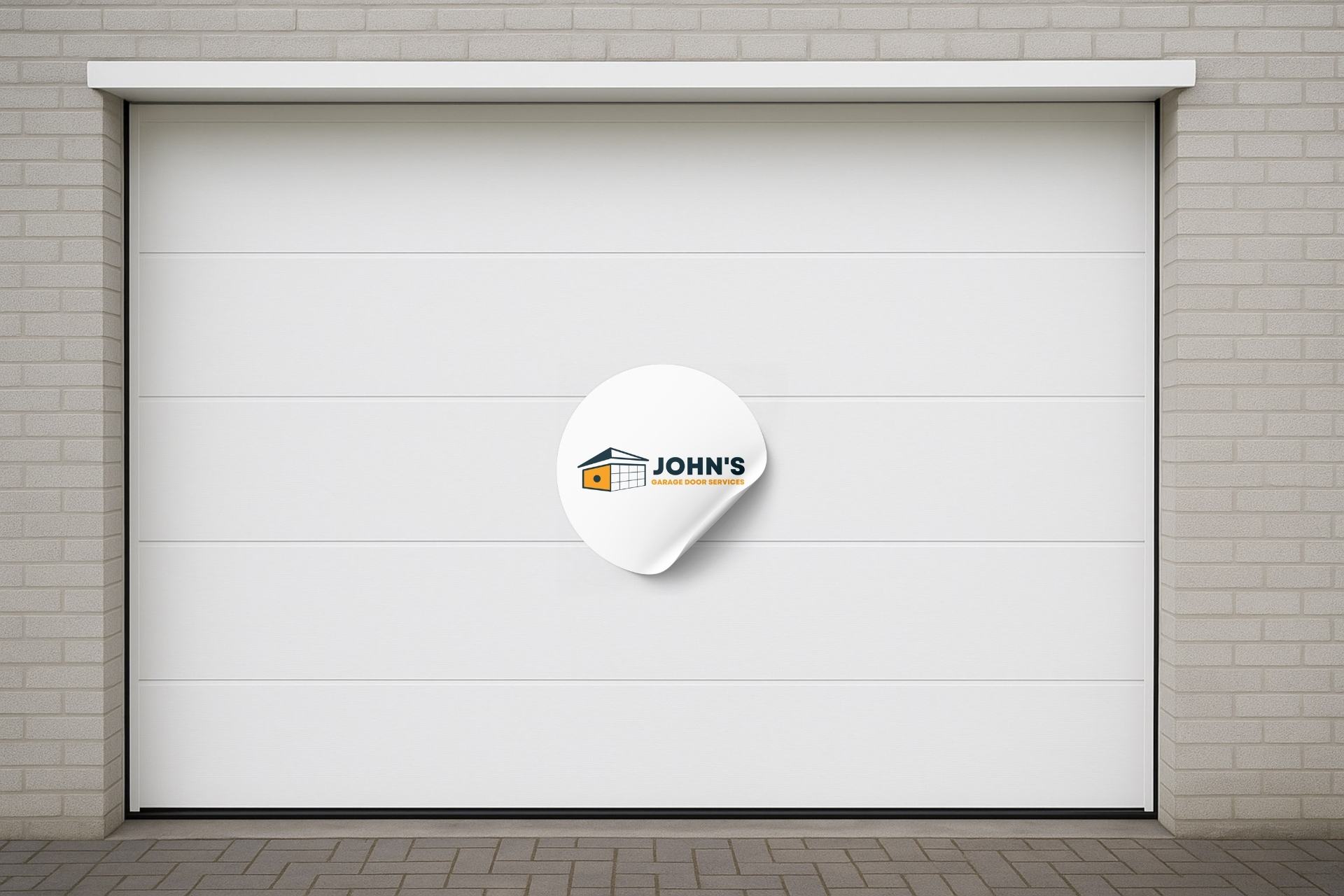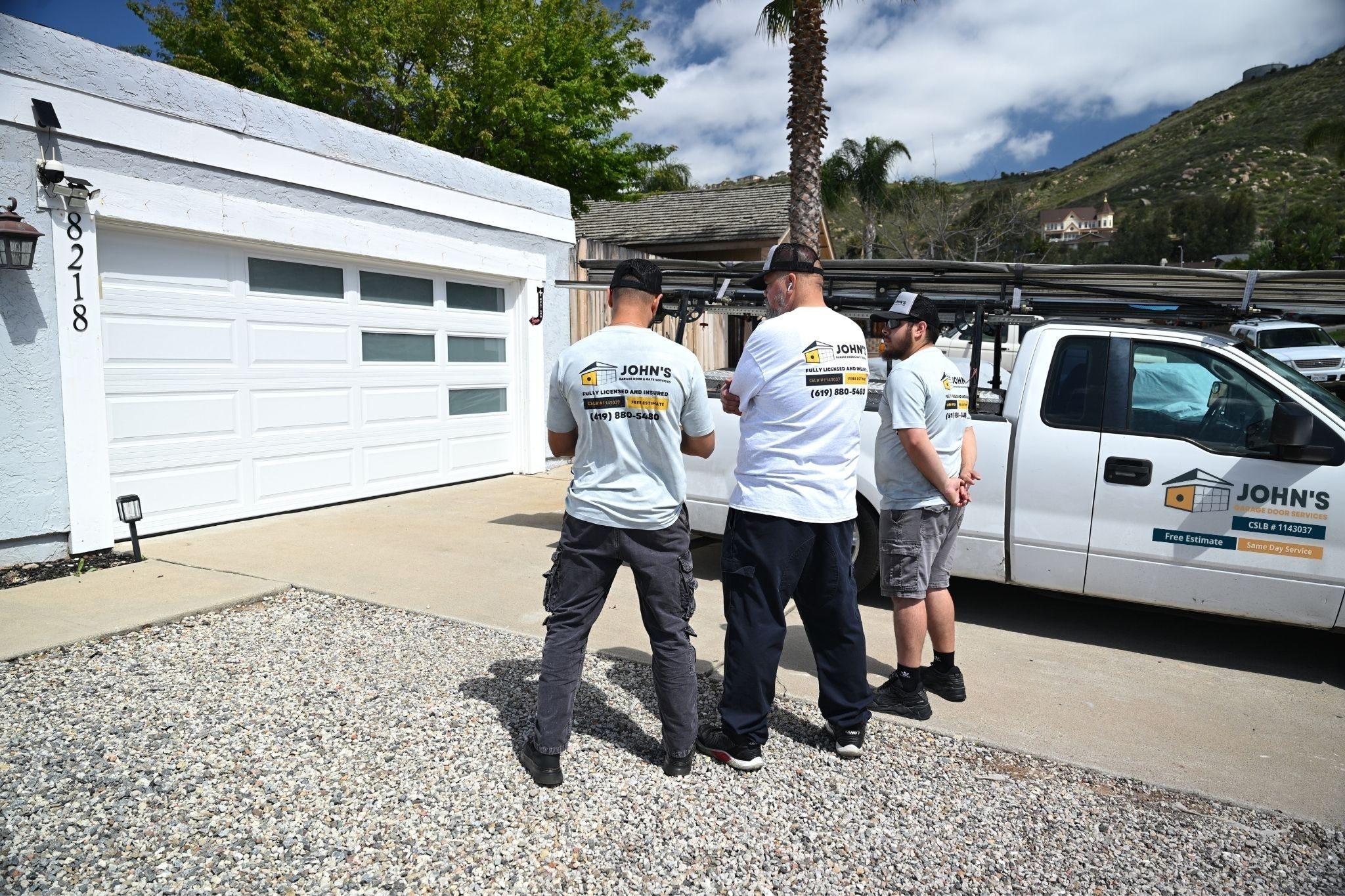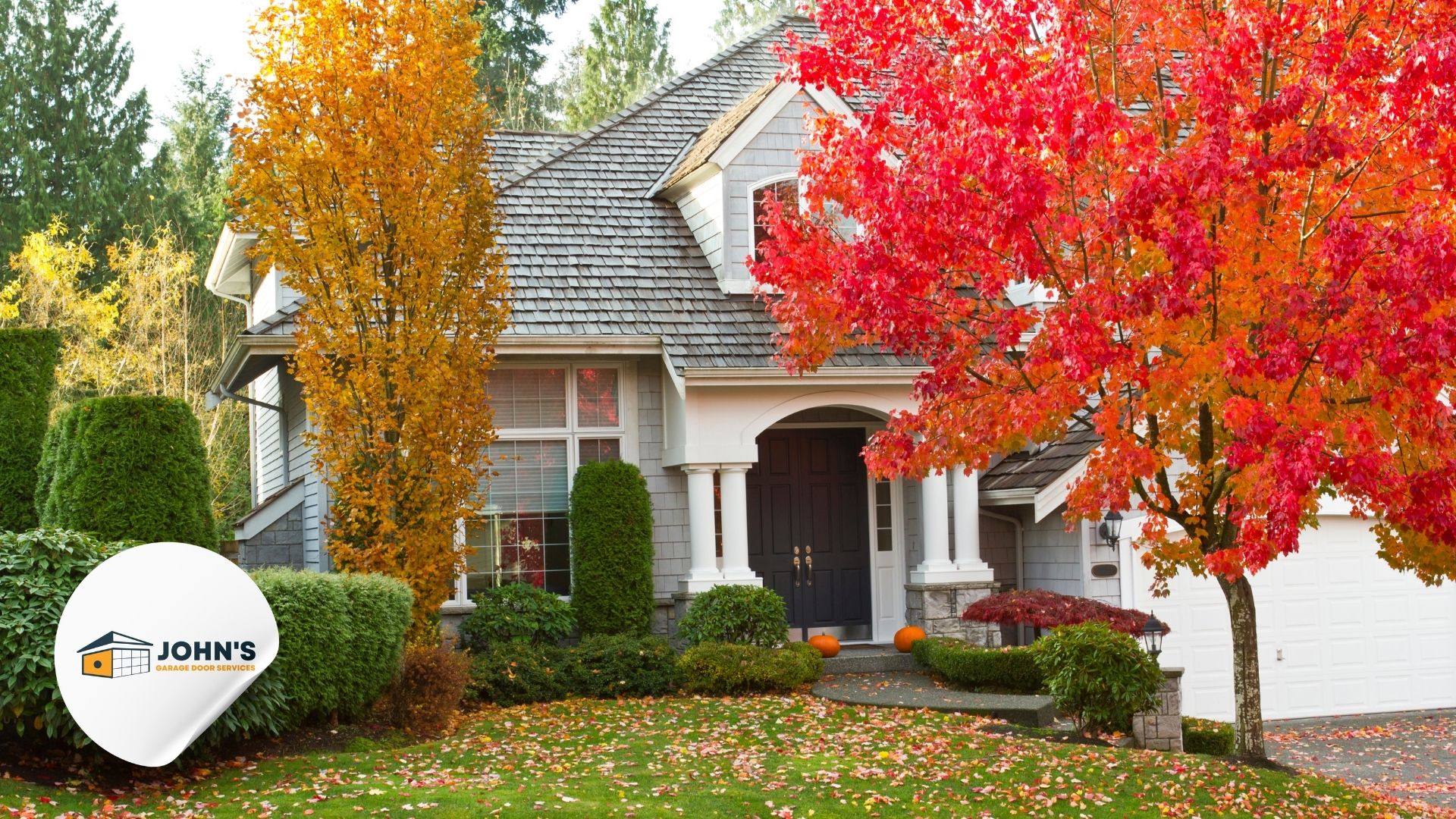
As temperatures begin to drop and leaves start falling, your garage door needs special attention to ensure it continues operating smoothly through the cooler months ahead. Fall is the perfect time to perform preventive maintenance that will protect your investment and prevent costly repairs during winter. Here are the top five Garage Door Maintenance tasks you should complete this autumn.
1. Inspect and Lubricate Moving Parts
Why Lubrication Matters in Fall
Cooler temperatures can cause lubricants to thicken or dry out, leading to increased friction and wear on your garage door’s moving components. Before winter arrives, give your door’s mechanical parts some much-needed attention.
What to Lubricate
Rollers and Hinges
Apply a silicone-based or lithium-based garage door lubricant to all rollers and hinges. Avoid using WD-40, as it’s a solvent rather than a lubricant and can actually attract dirt. Focus on the roller stems and hinge pivot points, wiping away any excess to prevent dust accumulation.
Springs and Tracks
Lightly lubricate the springs with garage door lubricant, but be careful not to over-apply. For the tracks, simply wipe them clean with a damp cloth—lubricating tracks can cause the door to slip and create safety hazards.
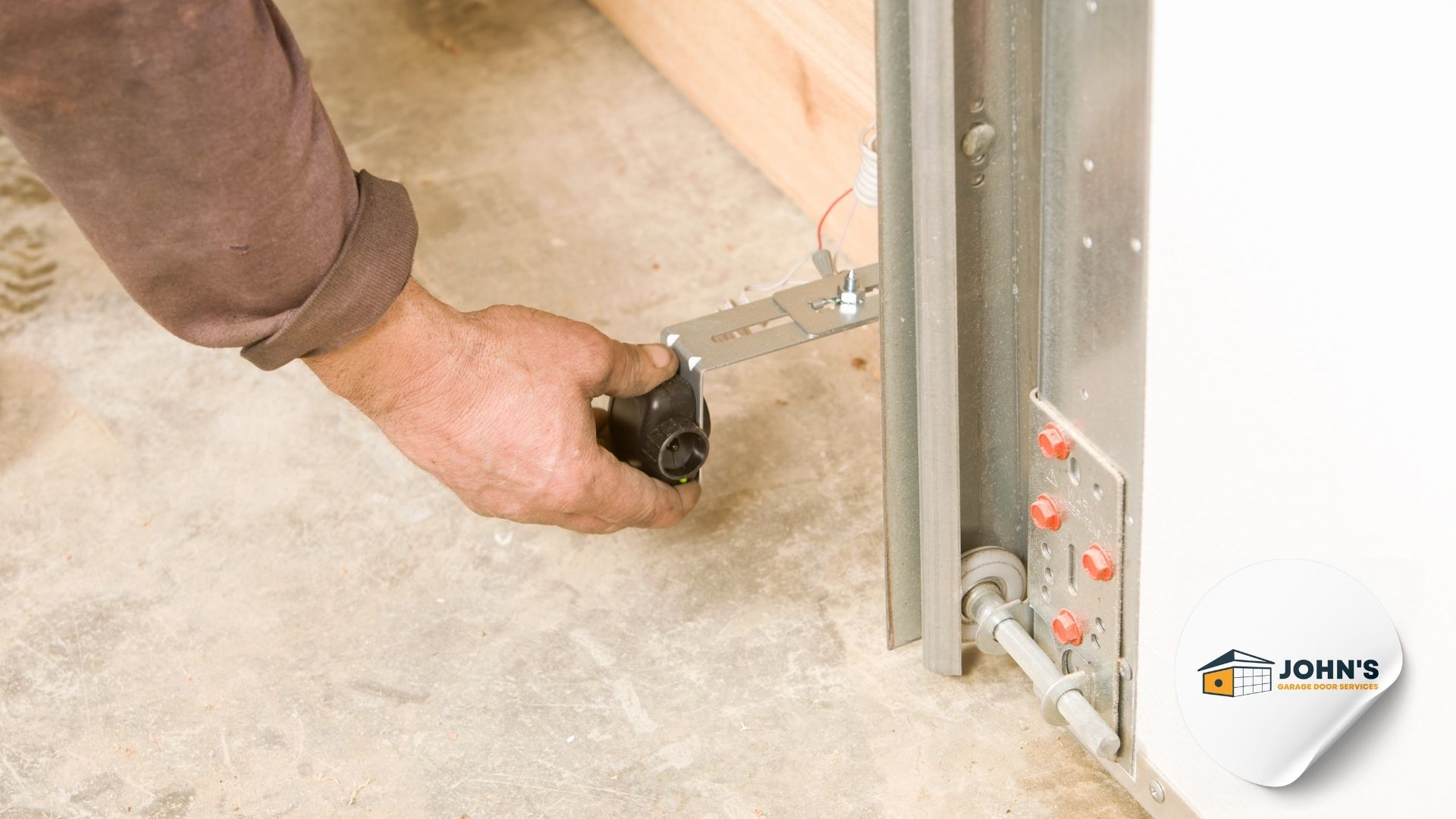
Misaligned Sensors
2. Test the Door Balance and Auto-Reverse Function
Check Door Balance
A properly balanced garage door should stay in place when opened halfway. Disconnect the automatic opener by pulling the release handle, then manually lift the door to the midpoint. If it falls or rises, your springs may need adjustment. This is a job for professionals, as Garage Door Springs are under tremendous tension and can be dangerous.
Verify Safety Features
Auto-Reverse Mechanism
Place a solid object like a wooden block or roll of paper towels in the door’s path and close it. The door should immediately reverse when it contacts the object. If it doesn’t, your auto-reverse feature needs adjustment or repair.
Photo-Eye Sensors
Test the photo-eye sensors by closing the door and waving an object between the sensors. The door should stop and reverse immediately. Clean the sensor lenses with a soft cloth to remove any dirt or spider webs that accumulated over summer.
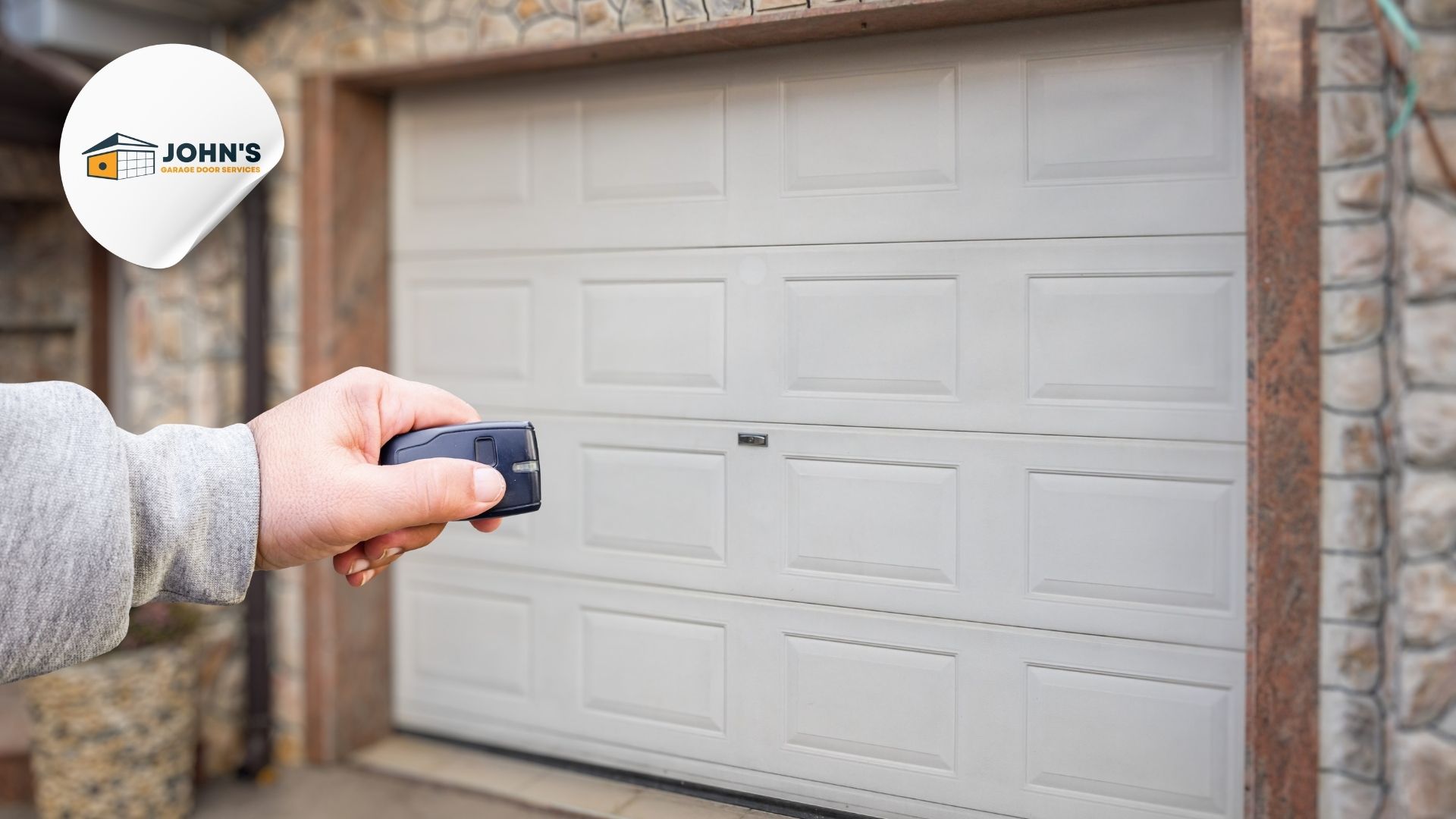
Test the Door Balance and Auto-Reverse Function
3. Seal Out the Cold with Weatherstripping
Inspect Existing Weatherstripping
Fall is the ideal time to check the rubber weatherstripping along the bottom and sides of your garage door. Look for cracks, tears, or compressed sections that no longer create an effective seal. Damaged weatherstripping allows cold air, moisture, and pests to enter your garage.
Replace Worn Seals
If your weatherstripping shows signs of wear, replace it before temperatures plummet. Bottom seals are particularly important and relatively inexpensive to replace. A good seal can significantly improve your garage’s temperature regulation and reduce energy costs if your garage is attached to your home.
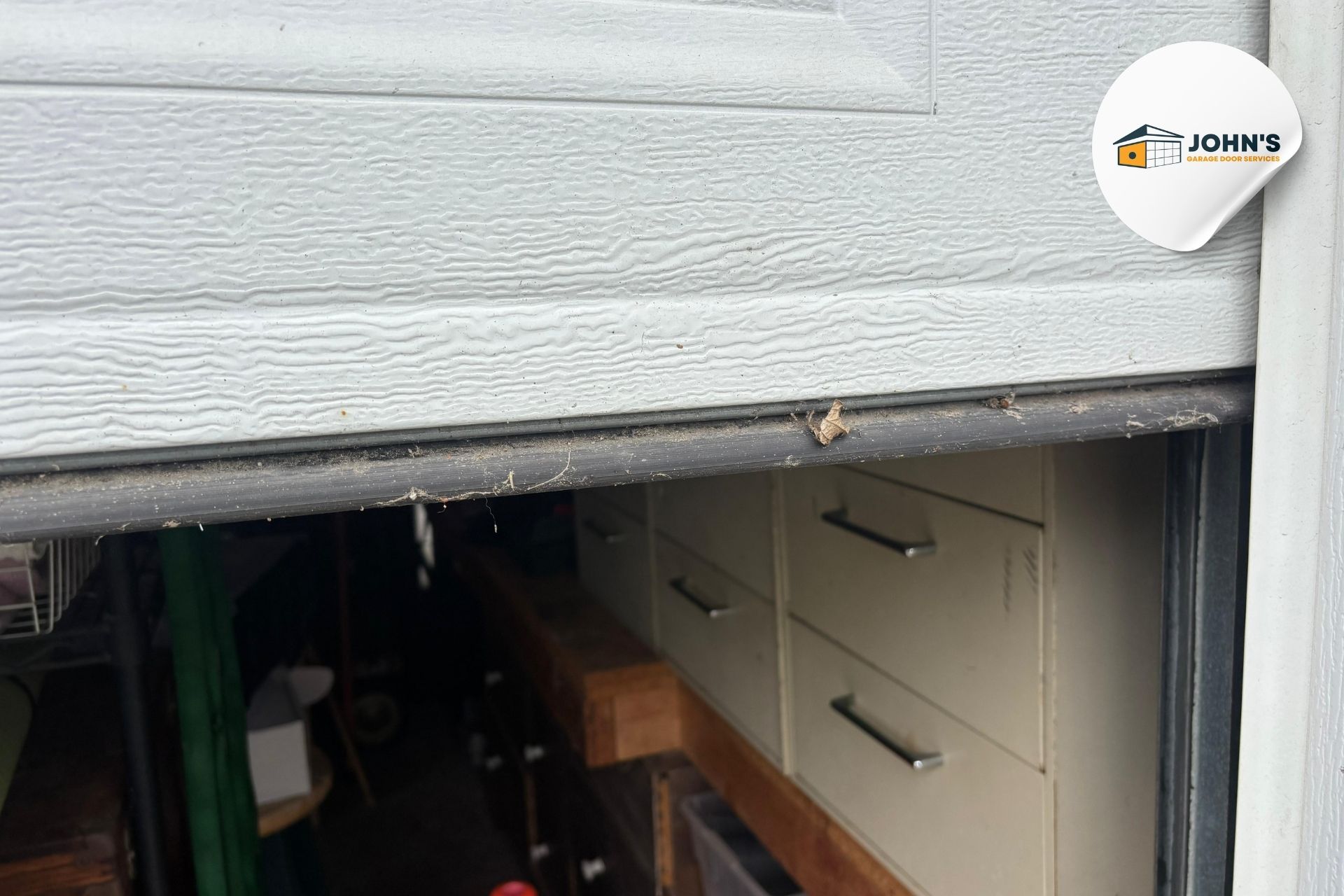
Seal Out the Cold with Weatherstripping
4. Clean Tracks and Remove Debris
Why Fall Cleaning Is Critical
Autumn brings falling leaves, seeds, and debris that can easily find their way into your garage door tracks. These obstructions can cause the door to operate unevenly or even become stuck.
Track Cleaning Process
Use a vacuum to remove loose debris from the tracks, then wipe them down with a damp cloth. Inspect for any dents or damage that could impede smooth operation. Bent tracks should be repaired by professionals to ensure proper door alignment.
Clear the Garage Door Area
Rake away leaves and debris from around your garage door’s exterior. Pay special attention to drainage areas to prevent water from pooling near your garage foundation during fall rains.
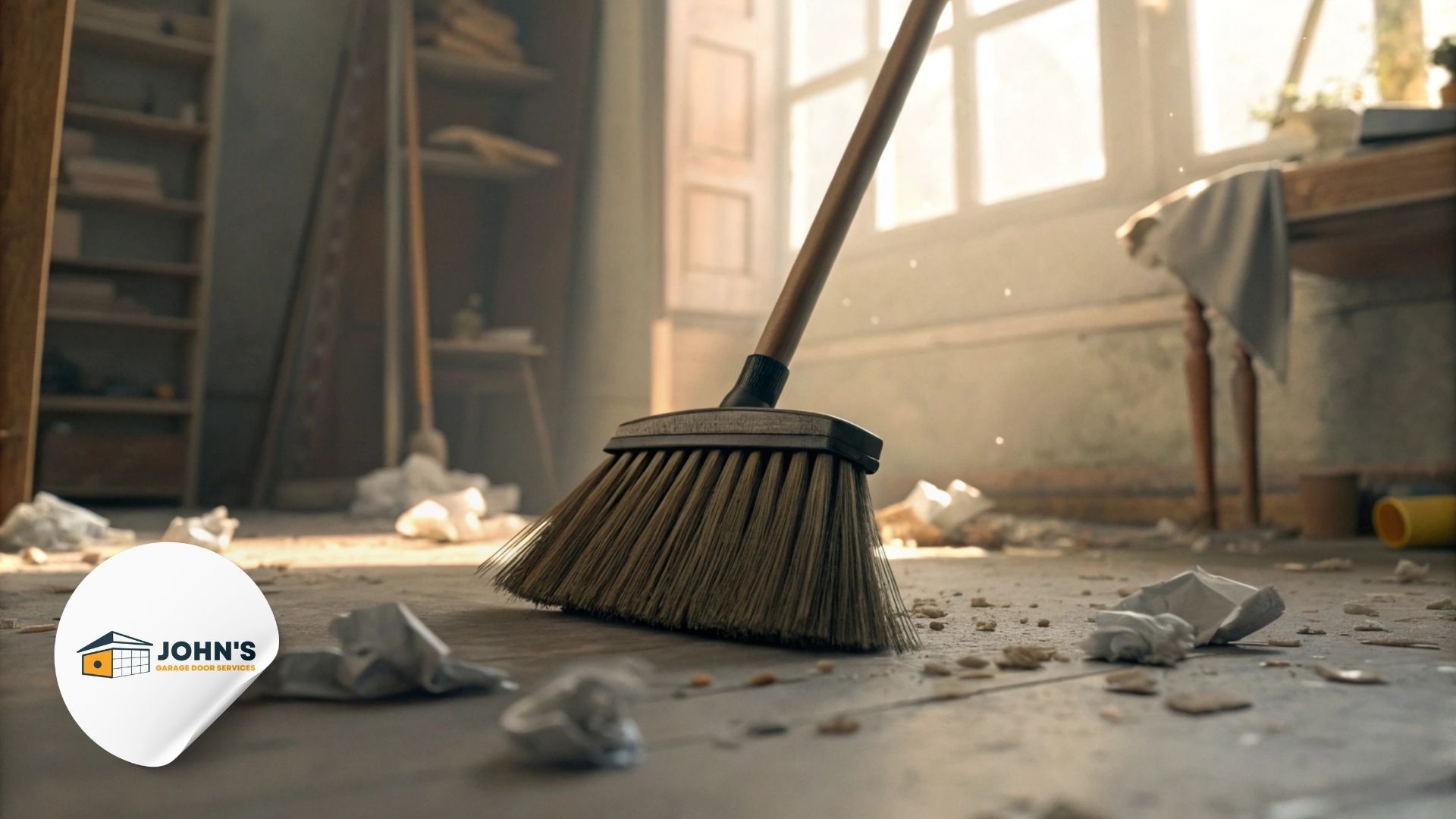
Clean Tracks and Remove Debris
5. Perform a Visual Inspection
Hardware Check
Nuts, Bolts, and Brackets
Examine all the hardware connecting your garage door panels and mounting brackets. Fall temperature fluctuations can cause metal to expand and contract, potentially loosening fasteners. Tighten any loose bolts or nuts with a socket wrench, but avoid over-tightening.
Look for Wear and Damage
Inspect the door panels for rust, dents, or peeling paint. Address minor issues now before winter weather exacerbates them. Check the cables for fraying or damage, if you notice any problems with cables, call a professional immediately, as these are under high tension.
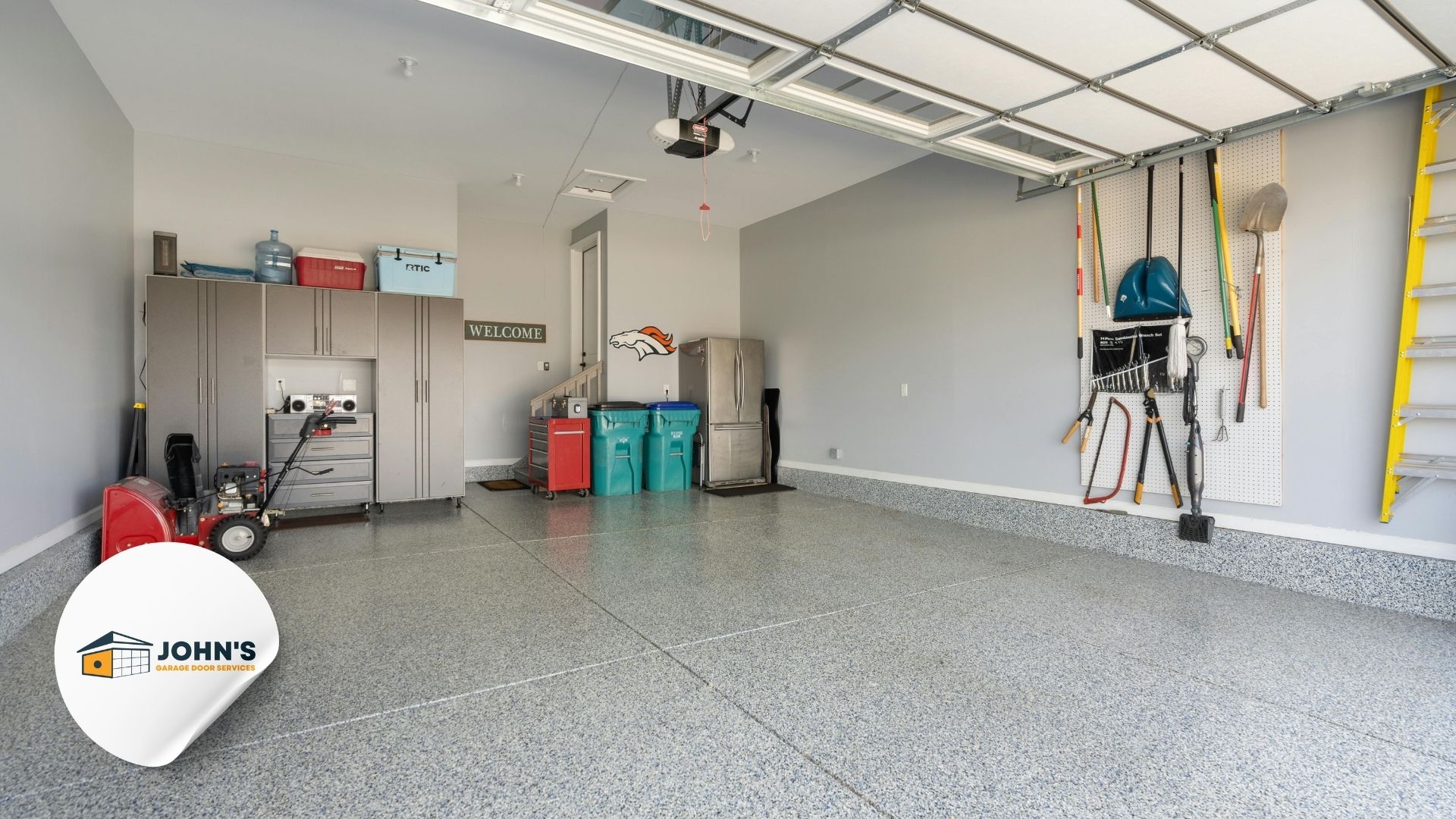
Perform a Visual Inspection
Conclusion
Taking time to complete these five maintenance tasks this fall will help ensure your garage door operates reliably throughout the colder months. Regular maintenance not only extends the life of your garage door but also prevents inconvenient breakdowns when you need it most.
If you encounter any issues beyond basic maintenance during your inspection, don’t hesitate to Contact a Professional Garage Door Company for assistance.
John Josef – 15 Years of Garage Door Expertise – John’s Garage Door Services, Locally Owned and Operated. We provide top-quality garage door repair, installation, and maintenance with a strong commitment to honest, reliable customer service.

